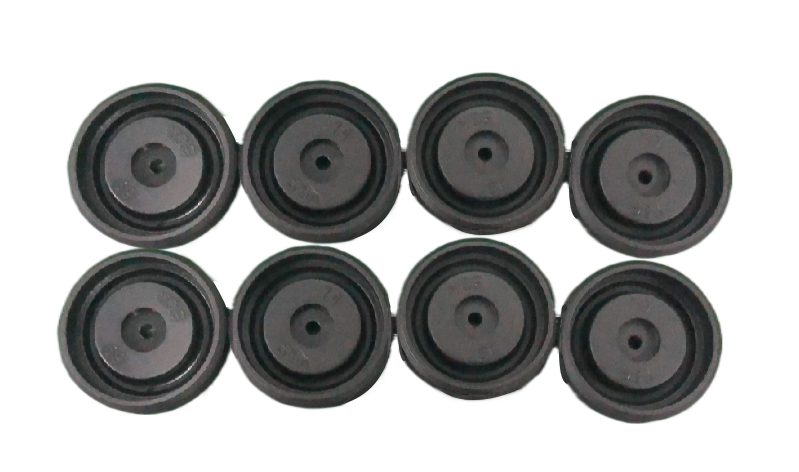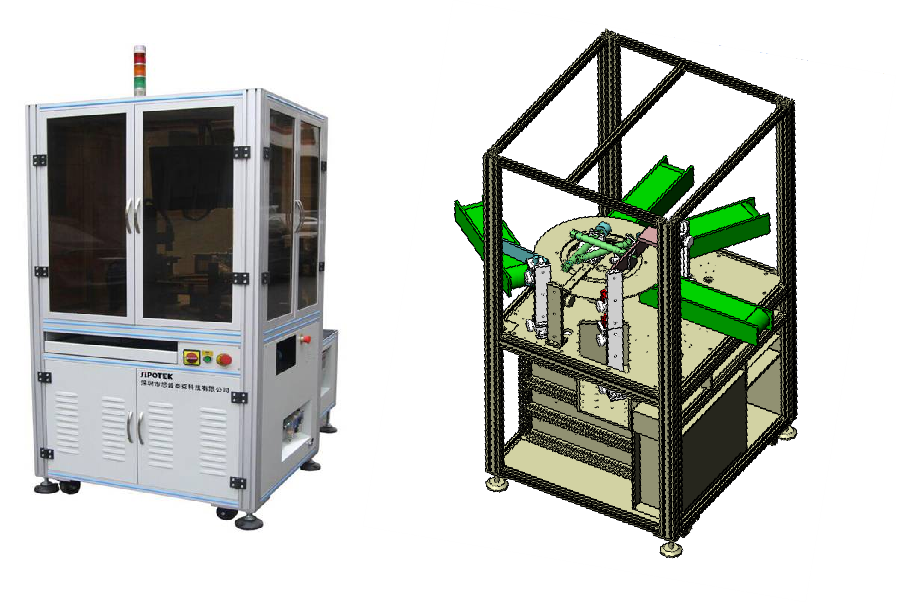What are the methods for detecting rubber appearance defects?
Rubber parts are parts or products made of rubber materials, with elasticity, wear resistance, high temperature resistance, insulation and other characteristics. Rubber parts are widely used in a variety of industries and fields, with diverse uses, including industrial manufacturing, automotive engineering, electronic products, medical devices and so on.
In this case, the appearance inspection of rubber products with diameter 28mm* height 8mm, the bottom and top of rubber parts are detected, and the detection speed is not less than 150 pieces per minute (depending on the feeding speed of the product). The positive light detection and backlight detection modes of the cloud disk high-speed vision detection system are recommended.
High-speed vision inspection system, a system that combines high-speed image acquisition, image processing and machine learning algorithms for product appearance inspection and quality control on high-speed production lines.
Quickly capture product images, analyze features in the images, and automatically identify and classify defects or anomalies on product surfaces. Improve product quality control and production efficiency on the production line, help enterprises reduce costs, reduce defective rates, and enhance competitiveness.
Equipment characteristics
Equipped with high-resolution, high frame rate industrial cameras, can quickly capture product images, adapt to high-speed production line inspection needs.
It is equipped with uniform and stable light source to ensure that the product surface can be fully illuminated at different angles for easy detection and analysis.
Based on advanced image processing and machine learning algorithms, it can quickly and accurately analyze and extract features from product images.
The system can perform image analysis in real time as the product passes through, quickly detect and identify surface defects, and achieve immediate feedback and control.
Through automated algorithms and rules, the system can automatically identify and classify various appearance defects, reducing manual intervention.
The system can record test results and data, provide reports and statistics, and facilitate quality management and production process improvement.
It can adapt to different types and sizes of products and flexibly apply to the appearance inspection needs of various production lines.
Provides an intuitive visual interface to display test results and abnormal conditions, which is convenient for operators to monitor and analyze.
Equipment composition
Visual inspection software
Industrial computer
display
Industrial camera
Camera adjustment servo module
Industrial lens
Industrial lens
illuminant
Detection platform
Servo motor
Control system
PLC motion collaboration
Detection effect
Bottom positive light detection good product analysis diagram: OK
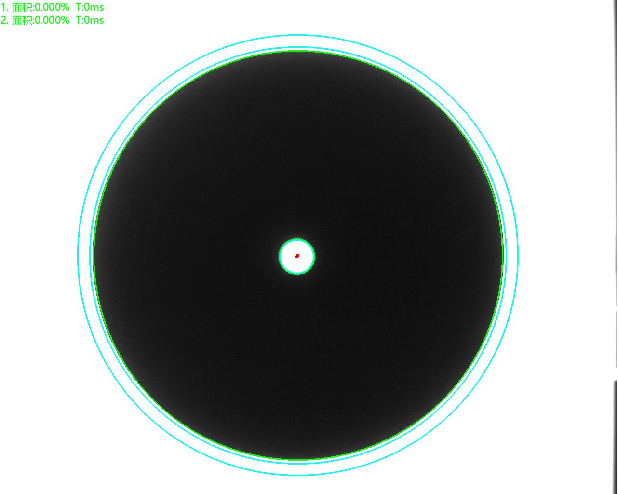
Bottom positive light detection of defective products analysis diagram: NG Bad features: hole diameter rough edge analysis results: detectable
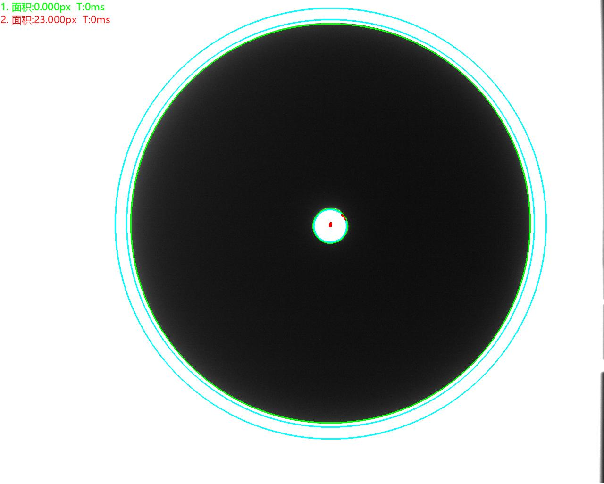
Top positive light detection good product analysis diagram: OK
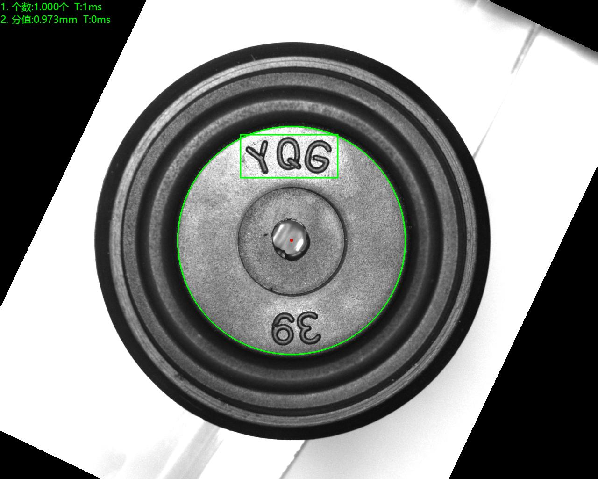
Top positive light detection defective product analysis diagram: NG Bad feature: character bad analysis result: detectable
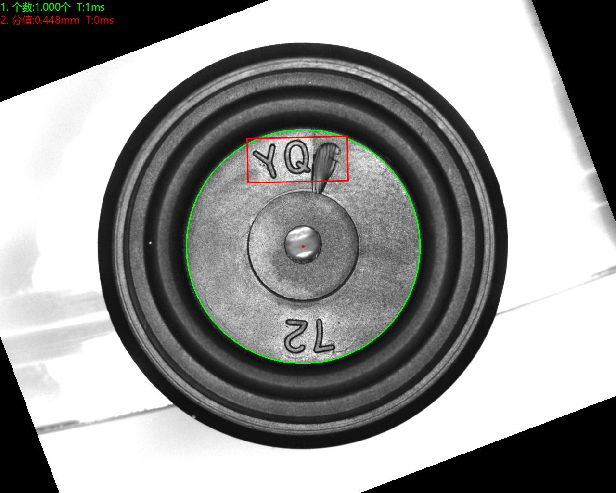
Top positive light detection defective product analysis diagram: NG Bad feature: character bad analysis result: detectable
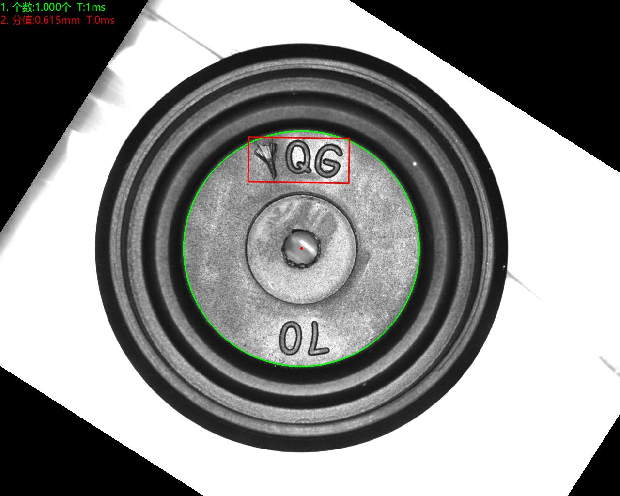
System installation requirements
Inspection space for equipment placement: To install the standard integral inspection equipment for Siptech vision inspection systems, you need to ensure that there is enough space to install the equipment.
Ambient temperature: 0-50 degrees Celsius;
Air humidity: below 90% RH;
Electronic interference: Provide a place for the device with less electronic interference.
Power supply: AC 220V, 50Hz, power consumption < 1KVA.
-
Service hotline
13077808017

